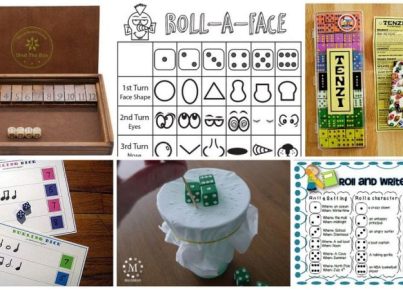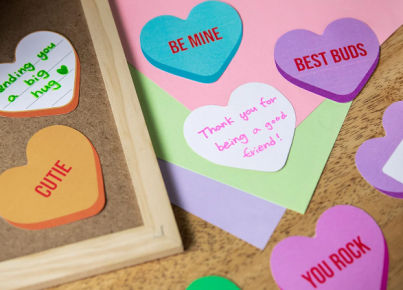Introduction:
Memes have become an integral part of internet culture, often used to convey humor and share relatable content. However, they can also be a powerful educational tool when utilized in the classroom. In this article, we will explore seven creative and smart ways to incorporate memes into your teaching strategies, engaging and inspiring your students in the process.
-
- Icebreaker Memes:
At the beginning of a new school year or when introducing a new topic, use memes as icebreakers. Choose relevant memes that reflect the class’s interests or the subject matter. Display them on the board or project them on a screen, allowing students to discuss and share their thoughts and experiences related to the meme. This activity not only sets a positive and light-hearted tone but also encourages students to participate and connect with each other.
-
- Memes as Visual Aids:
Memes, with their concise and punchy nature, can serve as creative visual aids to reinforce important information. Whether you’re explaining complex concepts, summarizing key points, or highlighting vocabulary, select memes that capture the essence of the topic. Incorporate them into presentations, worksheets, or handouts, making learning more enjoyable and memorable for students.
-
- Meme-based Quizzes:
Traditional quizzes can sometimes feel monotonous and unengaging for students. Spice up your quizzes by incorporating memes. Use meme templates to create multiple-choice or fill-in-the-blank questions with humorous options. This not only tests the students’ knowledge but also adds an element of entertainment and encourages critical thinking.
-
- Meme Creation Projects:
Encourage creativity and critical thinking by assigning meme creation projects. Provide a topic or theme related to the curriculum and challenge students to create memes that convey key concepts, ideas, or historical events. This activity allows students to demonstrate their understanding while also developing their digital literacy and visual communication skills.
-
- Memes for Discussions:
Spark lively classroom discussions using memes as prompts. Select memes that feature controversial topics, thought-provoking messages, or relevant current events. Display the meme and ask students to share their opinions, supporting their views with evidence. The humor and relatability of memes can help break the ice and encourage all students to participate actively in the discussion.
-
- Meme Analysis:
Incorporate critical thinking and media literacy skills by analyzing memes in the classroom. Select different memes and ask students to identify the humor techniques used, the intended message, and the target audience. This activity enhances students’ ability to understand different forms of communication while also encouraging them to think critically about the memes they encounter online.
-
- Memes for Review:
Reviewing previous lessons can be tedious, but using memes can make it more engaging and fun. Create a series of memes that summarize key information or concepts from previous lessons. Display them sequentially, challenging students to recall the corresponding knowledge. This approach reinforces learning and facilitates long-term retention in an enjoyable way.
Conclusion:
Integrating memes into classroom activities can transform the learning experience by adding humor, creativity, and relatability. By leveraging the popularity and appeal of memes, educators can capture students’ attention and inspire active participation. So go ahead, try out these seven creative and smart ways to use memes in the classroom, and witness the positive impact they have on your students’ engagement and learning outcomes.





